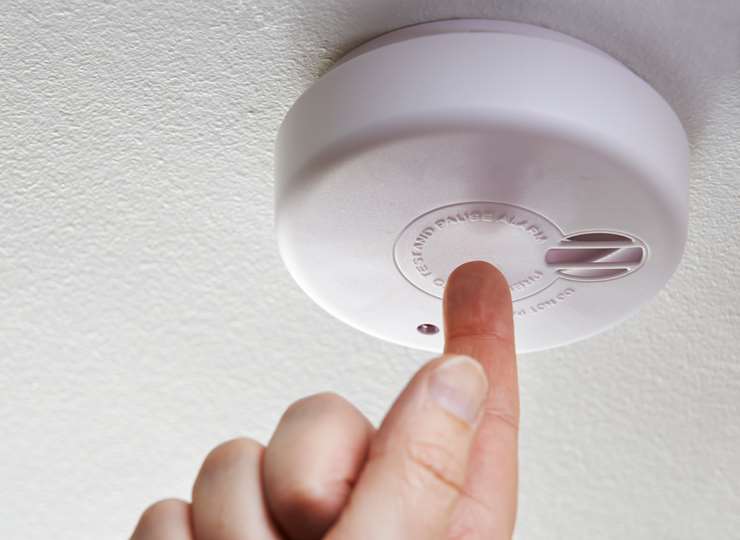
What you should know about stove guards
The stove is the biggest source of domestic fires. A stove guard automatically turns the stove off if a situation becomes dangerous.
Causes of stove fires
Between 2008 and 2012, 16 per cent of all domestic fires with a known cause were due to pots or pans boiling dry or overheating. Most stove fires start during the day and affect elderly people, but it is the fires that start at night that are most deadly. In those cases, the victims tend to be young people. Drugs and alcohol are often contributory factors, leading to people dozing off or forgetting that they have left a pan on the stove.
A legal requirement for new electrical systems
A stove guard is a legal requirement in electrical systems installed after 2010. This means they must be installed as part of the home’s wiring system. If your kitchen is older than that, you should fit a stove guard.
How a stove guard works
The stove guard is made up of a sensor and a trip switch, which will either be behind the stove or in the fuse box. The sensor monitors the rings on the hob. If the sensor detects a situation that could result in a fire, it sets off an alarm. If no-one reacts to this, the sensor sends a message to a switch, which cuts off the stove’s power supply.
Various types and prices
There are two different types of stove guard: those which are plugged into a socket, and those which are wired into the domestic electrical system. They work in exactly the same way and are of the same quality.
The starting price of stove guards is around NOK 4000.
Stove guard requirements
To ensure that all stove guards are of a certain quality, there is an international standard in place that stipulates requirements. The standard is known as NEK EN 50615. Check the labelling on the product, or ask the shop whether the stove guard you are thinking of buying has been tested according to the requirements of the standard.
Fitting it yourself
You can fit stove guards that plug into the socket yourself. The easiest way to buy these is online; the online shops operated by insurance companies are a good place to look.
Using an electrician
Stove guards that are wired into the domestic electrical system must be fitted by an electrician. This type of stove guard is often sold by electricians as part of a package that includes installation. Remember to ask for documentation proving that the product complies with the regulations in the standard.
Discount on insurance
Some insurance companies offer a discount if you have installed a stove guard approved by the Norwegian Insurance Approval Board. Check with your insurance company to see if this applies to you.
Free for particularly vulnerable people
The Centres for Assistive Technology install free stove guards for certain particularly vulnerable people. Check terms and requirements with your local Centre for Assistive Technology. Municipal occupational therapists or home care nurses can help with applications. If you are offered a stove guard, ask for one that complies with the requirements in the standard.
